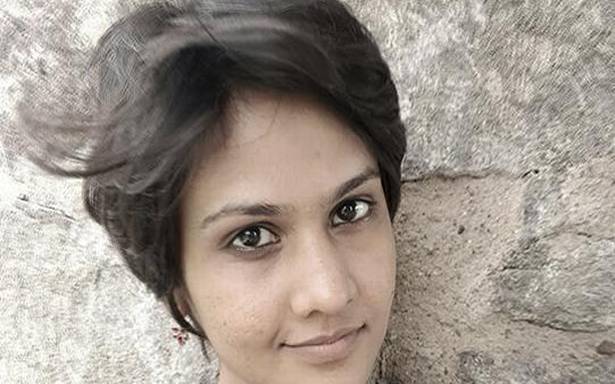ART NEWS
Sketching the stark reality of women in rural India
Graphic artist Priyanka Borar talks about her work and how she uses art as a tool to tell the stories of rural Indian women
Only a minuscule percentage of India’s city-dwelling women are privileged enough to not undergo the travails of the majority of women in the country. From being shunned during their periods and being treated like baby-vending machines to juggling their forever status as unpaid help, Indian women have it rough, especially those in rural sectors.Graphic artist Priyanka Borar is working on a series of hauntingly, evocative images for the People’s Archive of Rural India (PARI) in collaboration with the Population Foundation of India (PFI).
“Earlier in the year, PS Sainath, the founder-editor of PARI, had reached out, asking if I was interested in doing a few illustrations for a series on the topic of women’s health in rural areas,” says Priyanka over phone from Hyderabad. “When this series began, there was a concern of using photographs — they could not be used as the identity of the women needed to be protected. Sainath remembered my work from 2017 and when he asked, I readily agreed,” she says.As one of the artists working on the series, Priyanka has illustrated around 13 of the 50 stories and each of them has been fashioned in a different style, even though all are in black and white. “I was illustrating one story at a time, which is why each one has been created with a distinct technique,” she says, adding: “I would receive a draft of the story from PARI to get a sense of what a particular study was about — the context, the emotions. I would also ask reporters from the field to share photographs if they had any.”
Priyanka says that for most of the stories, she tried to restrict herself to the visual references that she got. “But in a couple of cases, I did look up what the people of those tribes looked like or to understand the cultural identity of a particular place. However, when it came to style, I would just read the story and let it influence me,” she explains. “In order to avoid urban-to-rural bias, I only relied on the details in the story. It was a great experience going through the drafts of those seasoned reporters who had a keen eye for detail.”
Some of these details conjure up a mental image or montage for Priyanka. For example, in the image ‘After 12 children…’ the Aravalli mountains are the backdrop to the woman’s loss of loved ones and the mining that takes place in her area. A graduate of NID and new media graphic artist by profession Priyanka works on graphic narratives whenever she takes a break from commercial work. Her initial work appeared in FirstHand, a collection of non-fiction graphic narratives on India, featuring various artists.











